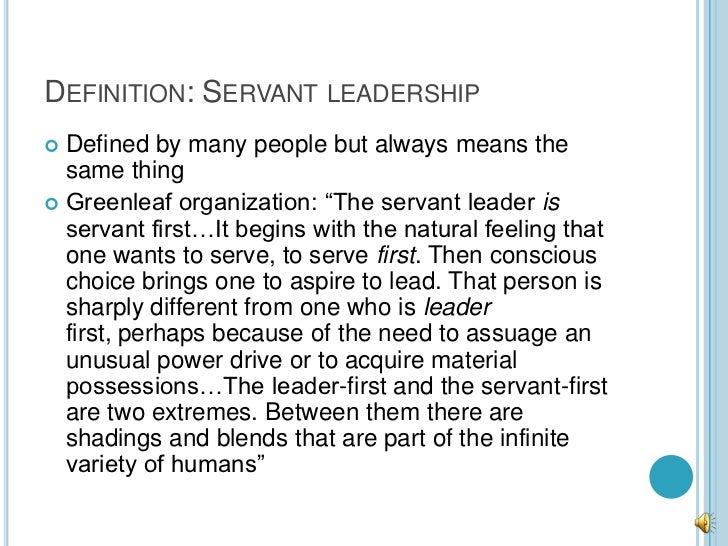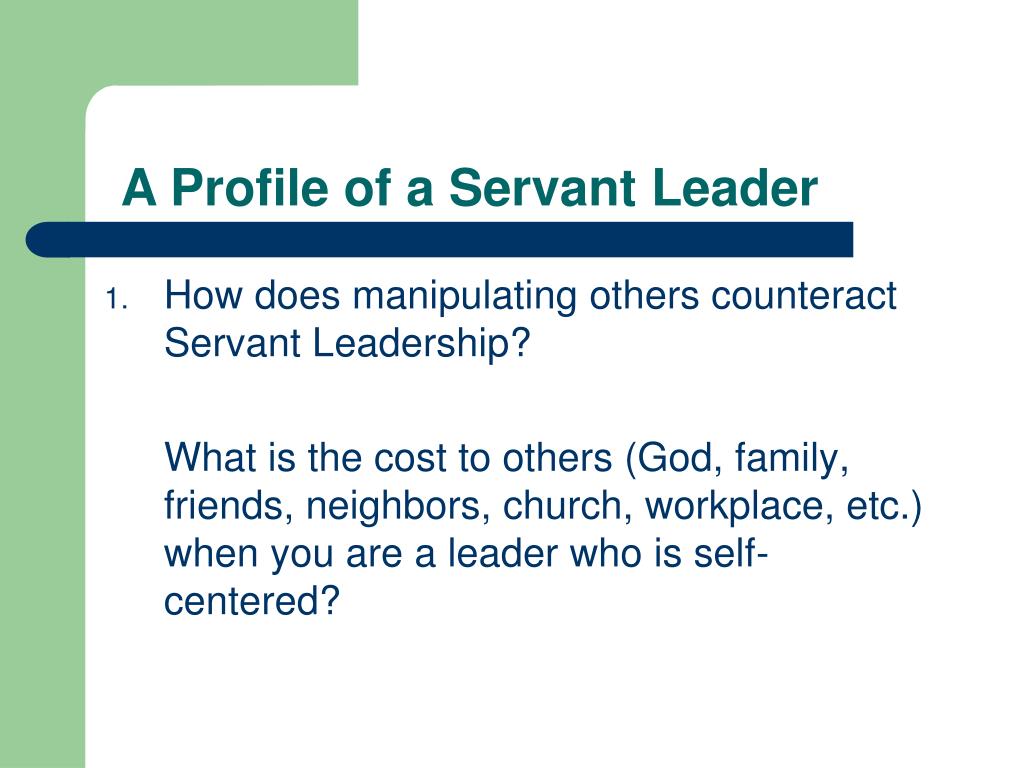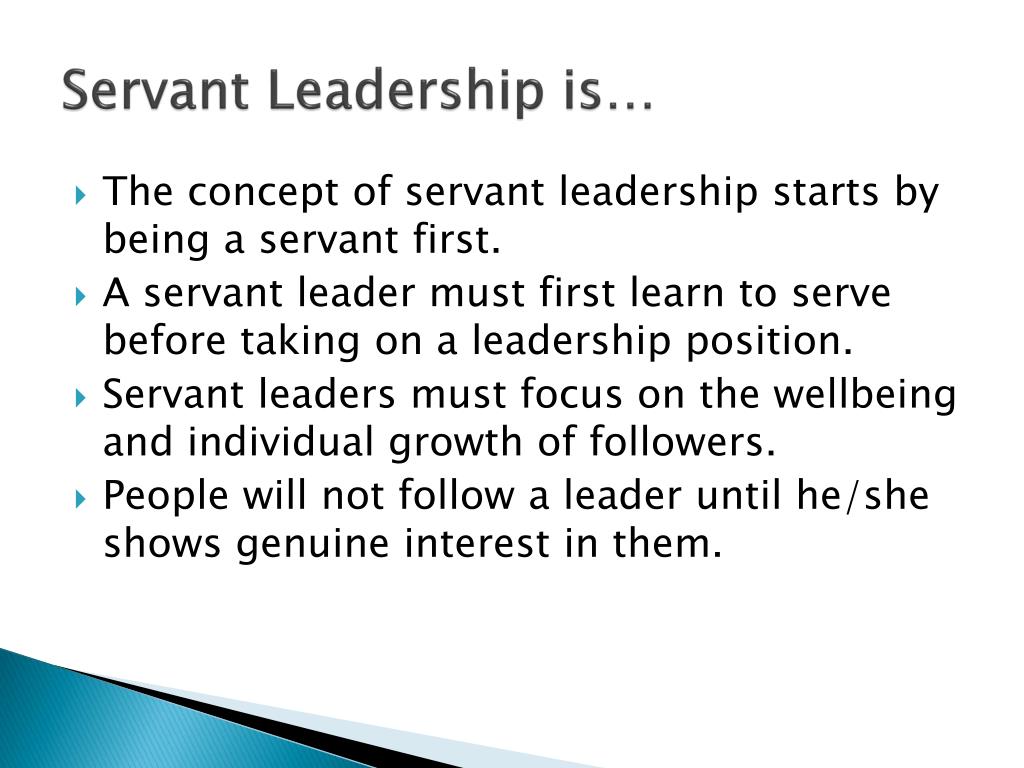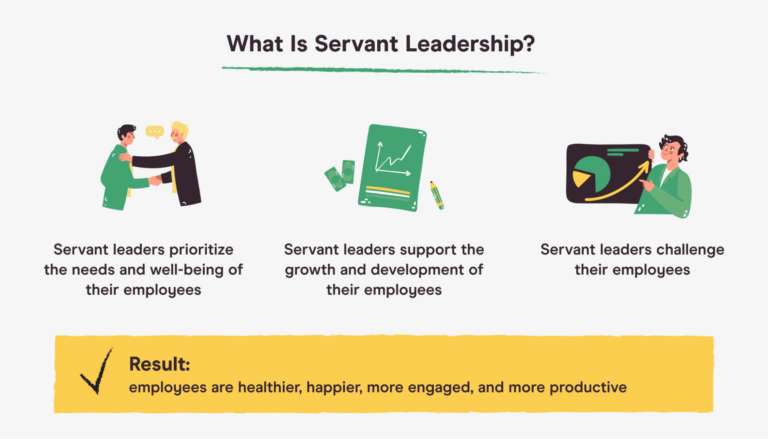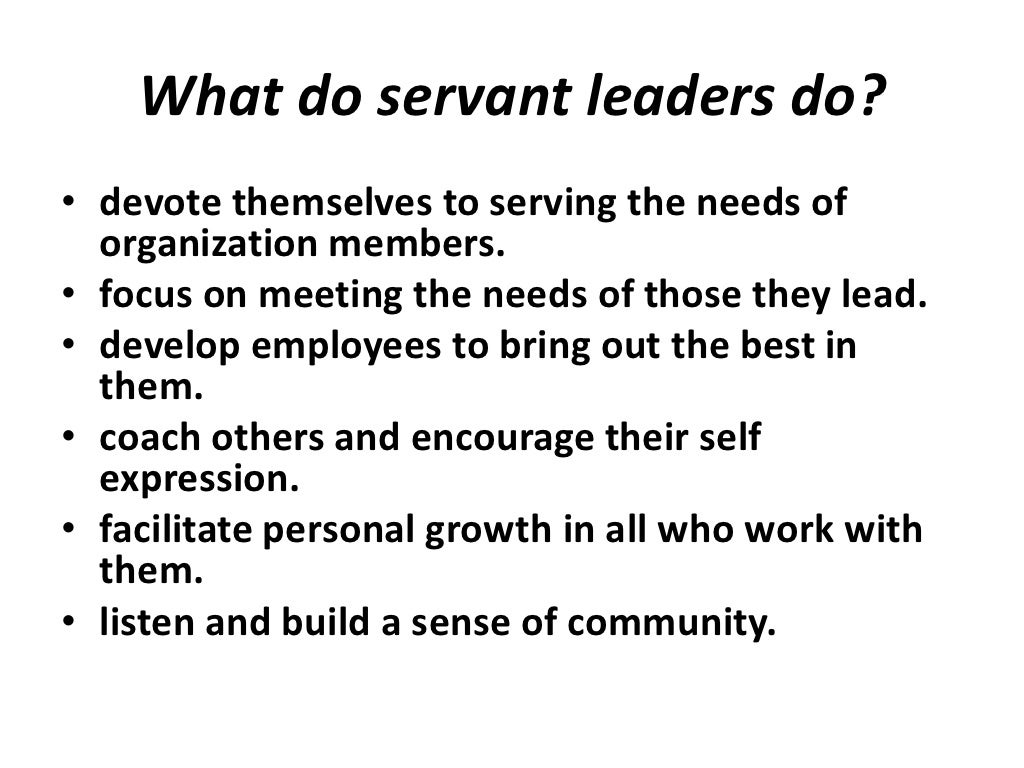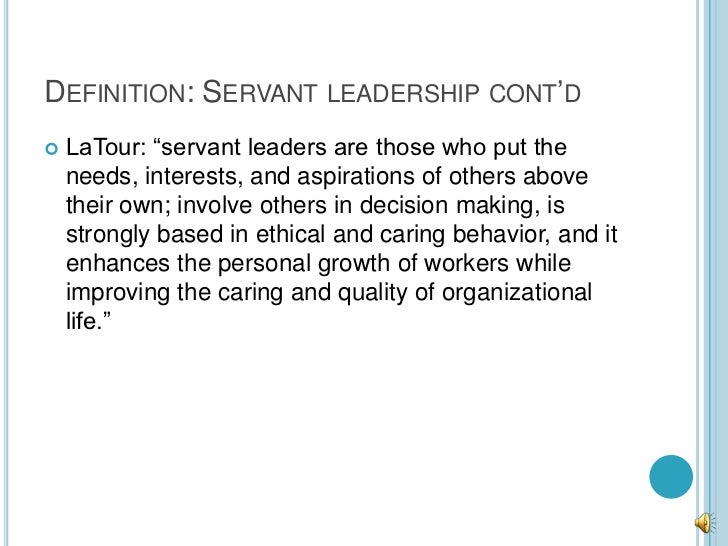How Would You Define Servant Leadership

Imagine a bustling office, not filled with the typical tension of deadlines and hierarchy, but buzzing with collaborative energy. Instead of commands barked from corner offices, you hear conversations focused on growth, learning, and mutual support. This isn't a utopian dream, but a glimpse into an organization embracing servant leadership.
At its heart, servant leadership is a philosophy and practice where the leader's primary goal is to serve. Rather than seeking power or personal gain, a servant leader focuses on the growth and well-being of their team, fostering a culture of trust, respect, and empowerment.
The Essence of Servant Leadership
The term "servant leadership" was coined by Robert K. Greenleaf in his 1970 essay, "The Servant as Leader." Greenleaf, a former AT&T executive, observed that the best leaders were those who prioritized serving others. He argued that leadership should stem from a genuine desire to help, not from a need for control or recognition.
"The servant-leader is servant first… It begins with the natural feeling that one wants to serve, to serve first. Then conscious choice brings one to aspire to lead." - Robert K. Greenleaf
This concept challenges traditional leadership models, which often emphasize top-down authority and a focus on the bottom line. Servant leadership, conversely, prioritizes the development and empowerment of individuals, believing that this, in turn, leads to greater organizational success.
Key Characteristics
Several core characteristics define servant leaders. These include listening, empathy, healing, awareness, persuasion, conceptualization, foresight, stewardship, commitment to the growth of people, and building community.
Listening goes beyond simply hearing; it involves truly understanding the perspectives and needs of team members. Empathy allows servant leaders to connect with others on an emotional level, recognizing and validating their feelings.
Awareness encompasses both self-awareness and awareness of the broader organizational and societal context. Commitment to the growth of people is paramount, with servant leaders actively investing in the development and well-being of their team members.
Benefits and Impact
The implementation of servant leadership can have a profound impact on organizations. Studies have shown that it can lead to increased employee engagement, higher levels of trust, and improved organizational performance.
When employees feel valued and supported, they are more likely to be motivated and committed to their work. This creates a positive work environment where creativity and innovation can flourish.
Furthermore, servant leadership fosters a culture of ethical behavior and social responsibility. By prioritizing the needs of others, servant leaders inspire their teams to act with integrity and to consider the impact of their actions on the wider community.
Putting it into Practice
Becoming a servant leader is a journey, not a destination. It requires a conscious effort to shift one's mindset and to prioritize the needs of others.
This involves actively listening to team members, providing them with opportunities for growth, and empowering them to make decisions. It also means being willing to admit mistakes and to learn from them.
Organizations can support the development of servant leadership by providing training and resources. Encouraging open communication, fostering a culture of feedback, and recognizing and rewarding servant leadership behaviors are also crucial.
Ultimately, servant leadership is about creating a better world, one organization at a time. By prioritizing service, we can build more just, equitable, and sustainable communities.
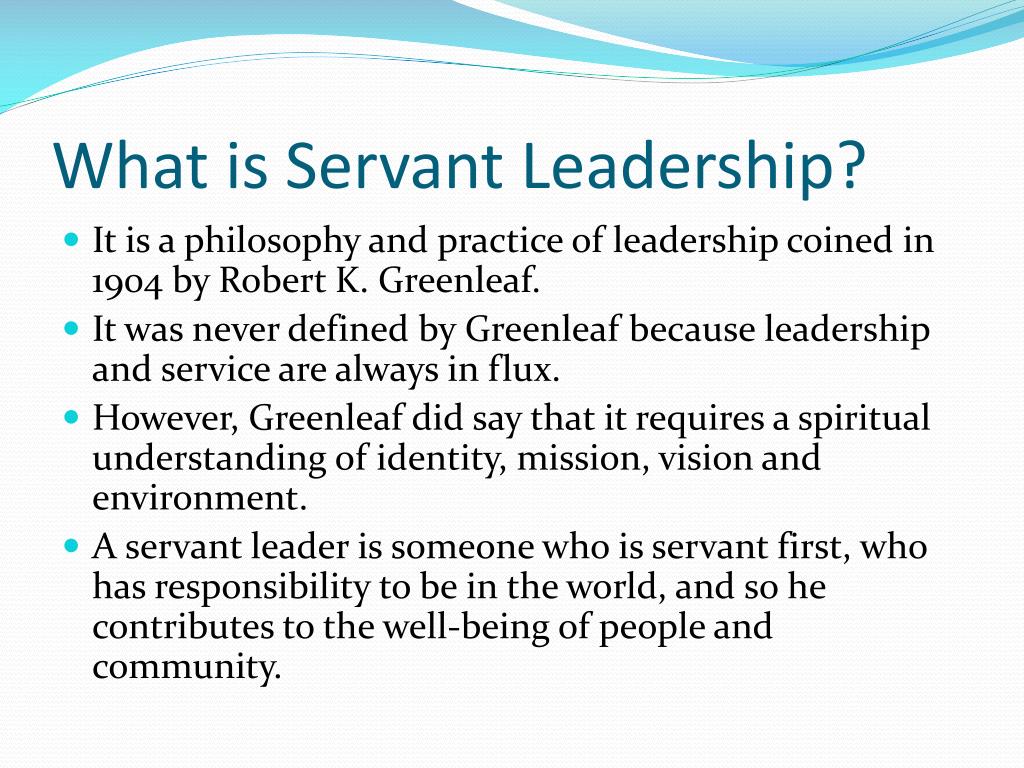
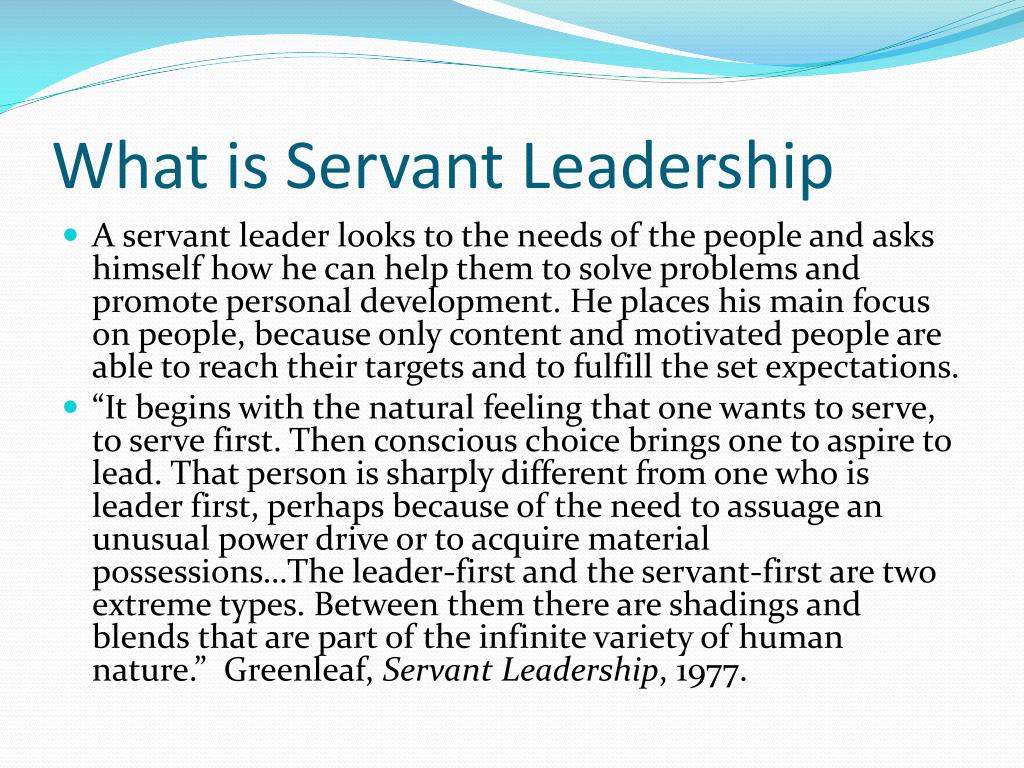
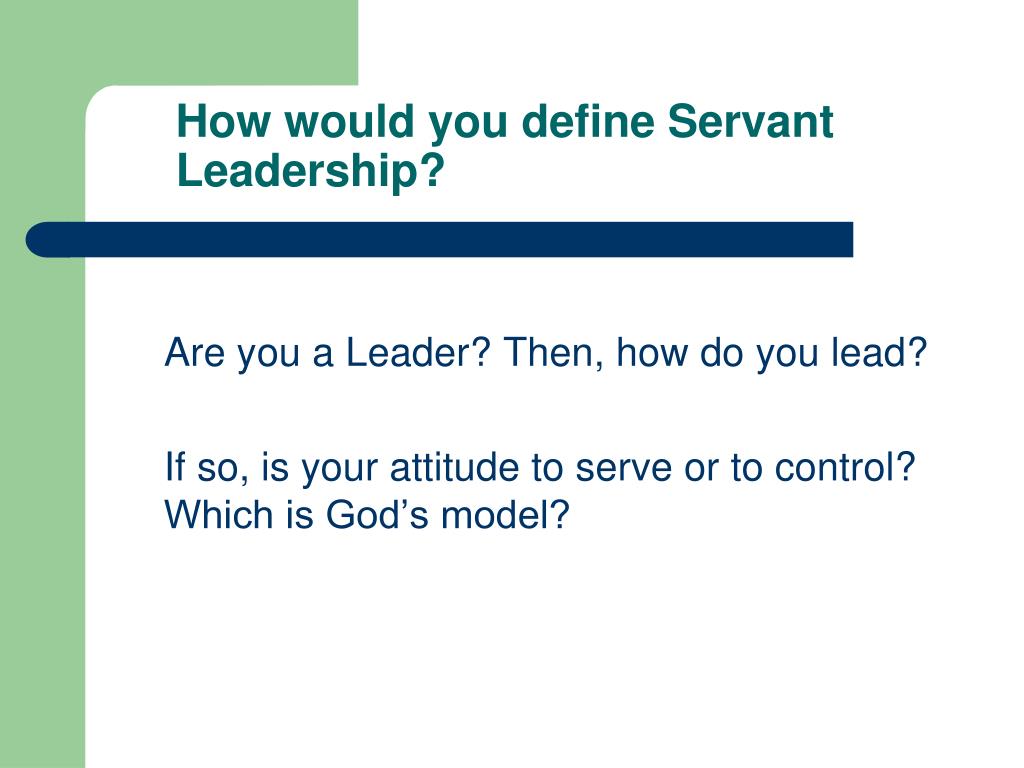
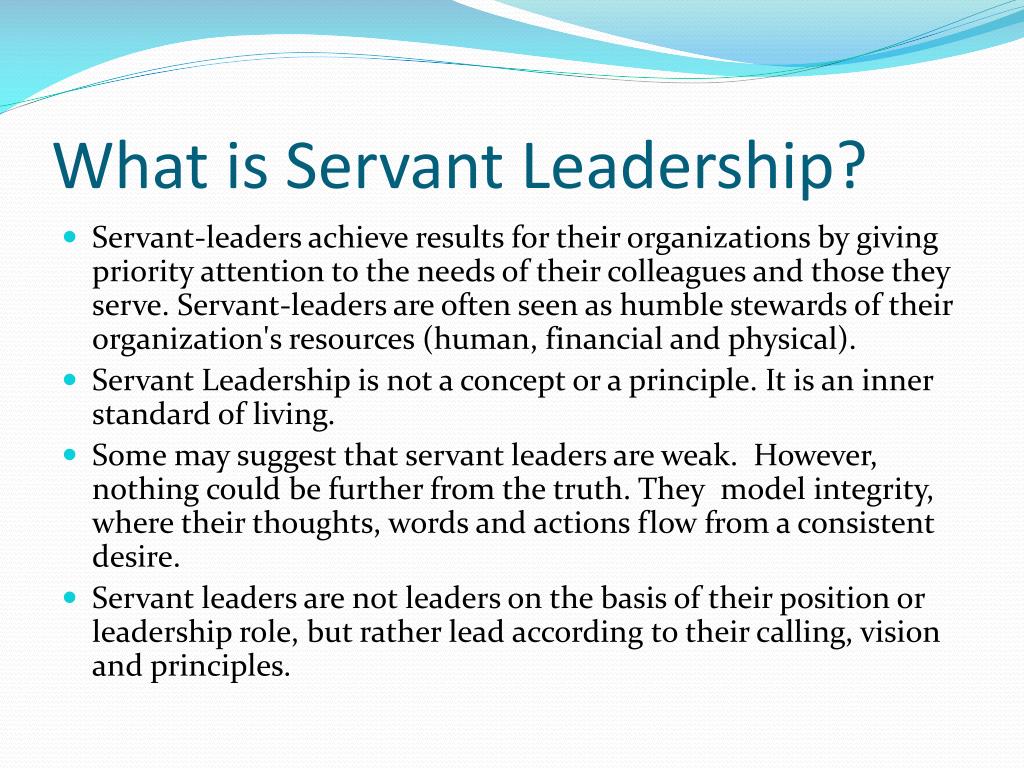
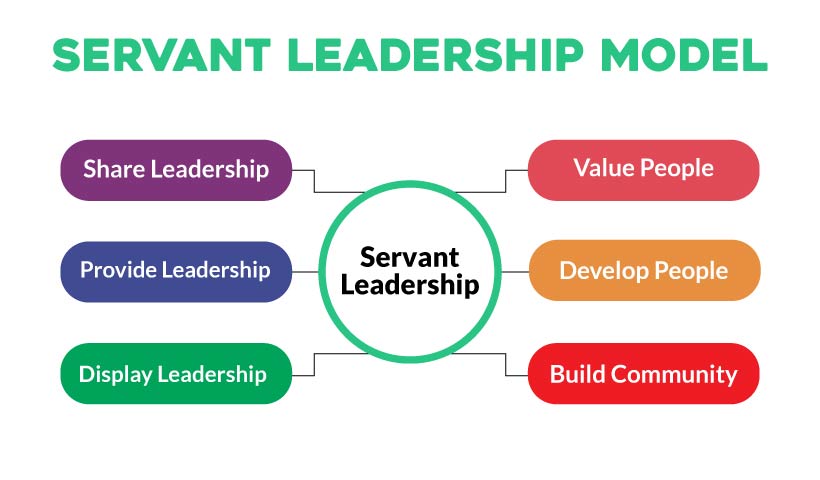
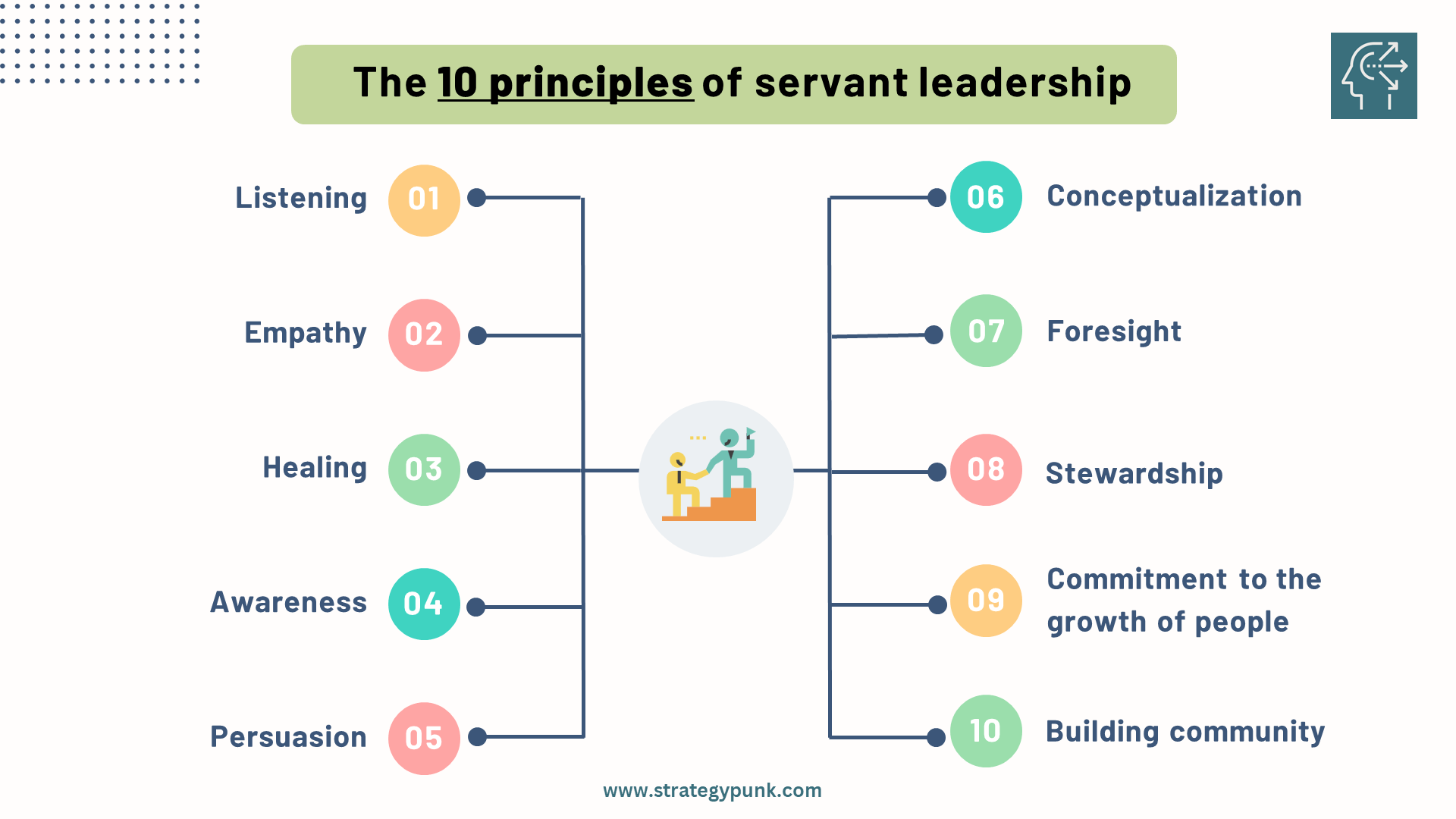
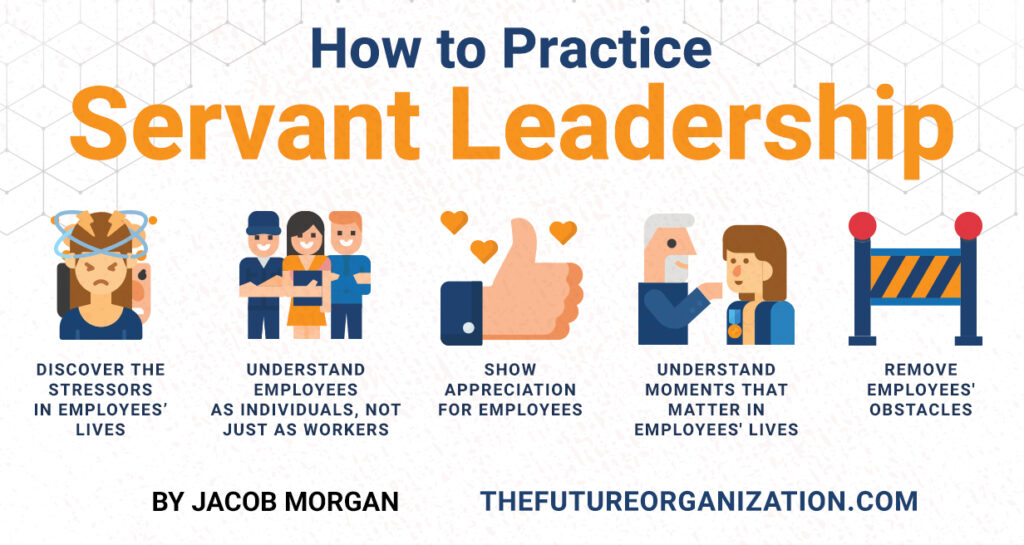

:max_bytes(150000):strip_icc()/servant-leadership.asp-final-384659cdeae8488fb6867c08395d4017.png)

